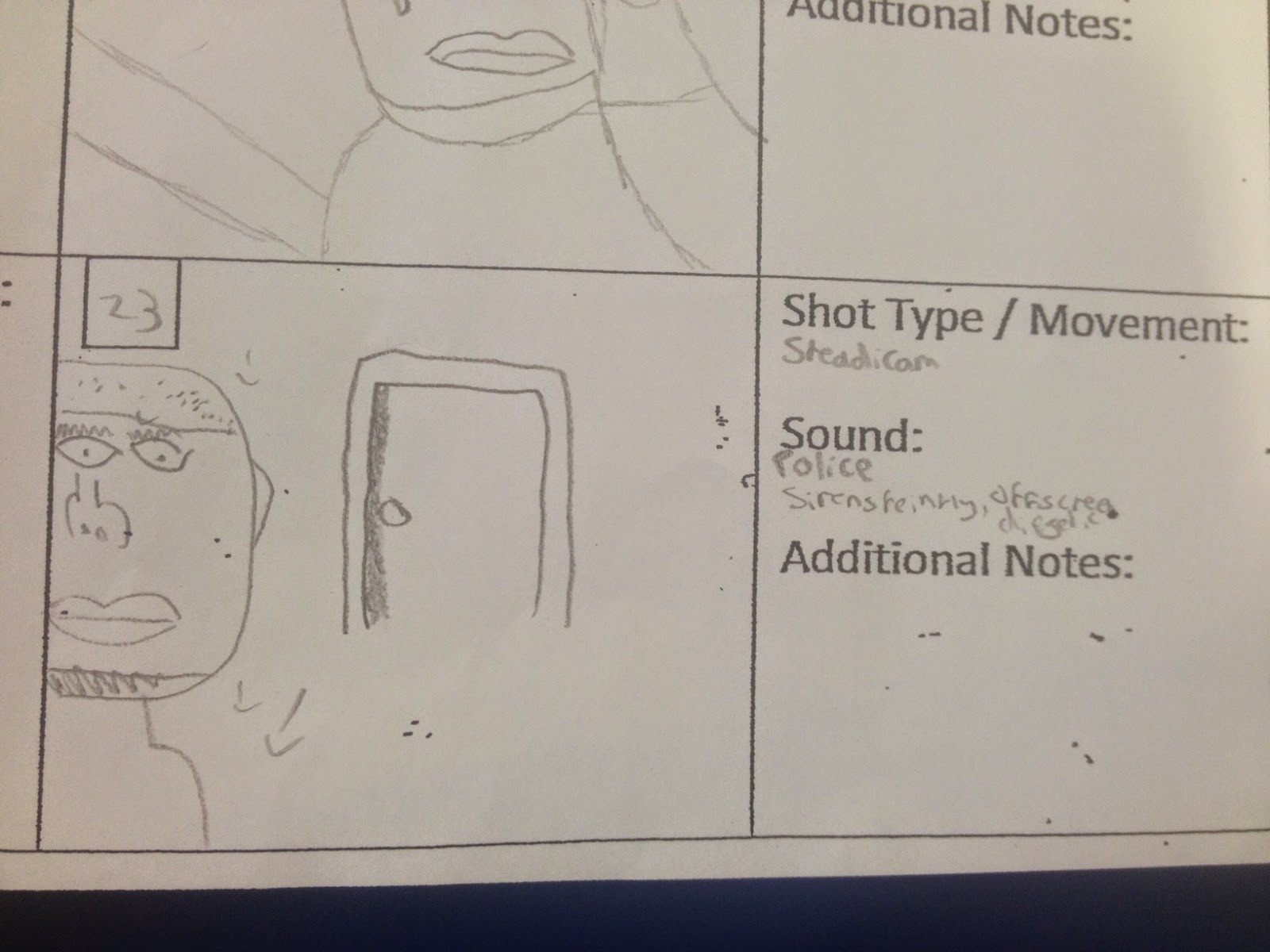The second theorist is known as Vladamir Propp, and his theory involves different roles derived from folk tales. According to Propp, every conventional film has a set list of characters, and there are eight roles that are filed by different varying characters, and roles can overlap for one character. These eight roles include: The Hero, The Villain, The Donor(Provider), The Helper, The Father, The Dispatcher, The Princess and the False Hero. Each of these are fairly common among films, and can be unknowingly put into a certain category. An example is in the Hitchcock Thriller 'Rope', whereby the main two characters are technically murderers, and yet are put into the Hero and the Villain category simultaneously. This is because we automatically assume that the characters with the most screen time are the true heroes, which are still the two murderers. This also puts them into the 'False Hero' category, as by the end of the film we are left questioning why we were ever supporting two murderers, and secretly hoping that they'd get away with their crime.
The third theorist is called Levi-Strauss, and his theory of characters and themes having 'Binary Opposites' this theory explains that different recognisable aspects and parts in the film, no matter what they are, also have their opposites also in the film. This is how we can identify the good from evil, by looking at their exact differences. This can include their gender, race, religion, sexuality, personality or even their opposing views on a certain topic. In 'The Birds' however, these 'Binary Opposites' are taken to a new extreme: Human vs. Birds. While most other films concentrate on two aspects of different people to oppose each other, Hitchcock decided that the opposites to be present in this film was to be humanity against nature, and the basics of species conflicting with each other, something that rarely happens to humans when we decided to nominate ourselves to be at the top of the food chain and to be the overall Apex predator.
The Fourth theorist is Laura Mulvey, a feminist film critic who published 'Visual Pleasure and Narrative Cinema' in 1975, and included in her work the idea of the 'Msle Gaze' and the 'Triple Gaze'. The idea behind the Male Gaze was that women in films are often sexualised more than men typically are, and are exaggerated in sexual aspects of the woman, including the female protagonist to wear little clothes and own above average sized breasts. This lead to Mulvey writing about the 'Male Gaze' in cinema. This means that all women are sexualised because the camera is always from a mans point of view, making women appear to be more like sex objects and men to be very epic and independent. This also leads to the 'Triple Gaze', which explains that the audience see three different male filters between the female character and themselves, and even female audience members are forced to look at the actress from a male perspective. The three filters are between the Female-Male, Male-Camera and -Camera-Audience. This means that whatever the male sees is later filed through much more sexualising, which is the reason why female protagonists are often beautiful and well gifted with their bust and physique.





























